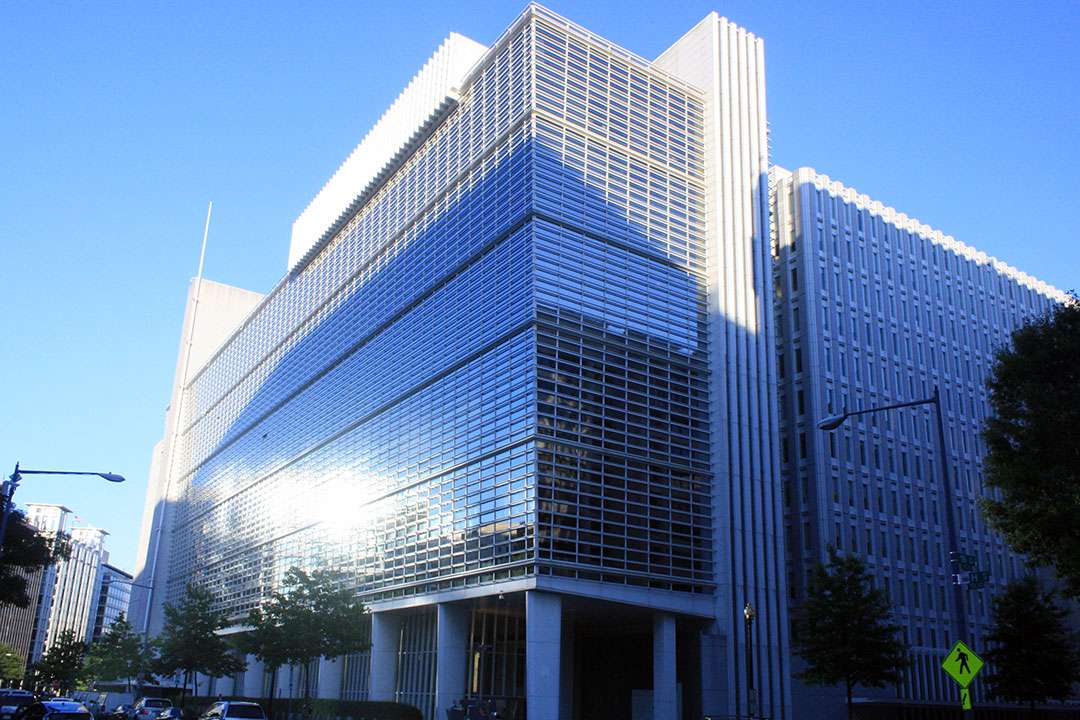The World Bank has launched the Sovereign ESG Data Portal, an online platform that provides sovereign-level environmental, social and governance (ESG) data. The framework incorporates 67 indicators that address all 17 SDGs. Data is available for all World Bank countries.
The Portal is part of World Bank efforts to provide governments and investors with information and tools that improve their understanding of sustainability criteria, including through natural capital accounting. It was developed as part of a research program with Japan’s Government Pension Investment Fund (GPIF), in which the World Bank and GPIF hosted consultations with investors and ESG research firms to identify gaps in data availability and access.
Better ESG data can help channel financial flows to activities that better align with the SDGs.
The resulting ESG data portal, launched on 29 October 2019, aims to improve the quality, scope, transparency and timeliness of publicly available ESG data. It aims to support growing efforts by the financial sector to improve the sustainability of their investments, including in emerging markets and developing countries, by better aligning ESG analysis with key sustainable development policy indicators. The Portal highlights that better ESG data can also help channel financial flows to more sustainable activities that are better aligned with the SDGs.
The Sovereign ESG Data Portal is comprised of 17 themes that correspond with environment, social and governance considerations. Within the environment pillar, the indicators relate to:
- Emissions and pollution;
- Natural capital endowment and management;
- Energy use and security;
- Environment/climate risk and resilience; and
- Food security.
The social pillar consists of indicators on:
- Education and skills;
- Employment;
- Demography;
- Poverty and inequality;
- Health and nutrition; and
- Access to services.
Within the governance pillar, the portal utilizes indicators for:
- Human rights;
- Government effectiveness;
- Stability and rule of law;
- Economic environment;
- Gender; and
- Innovation.
New indicators on natural capital, human capital, poverty measures, stranded assets and other areas are expected to be developed and added to the portal in the future, including from geo-spatial and big data sources. [World Bank press release]
